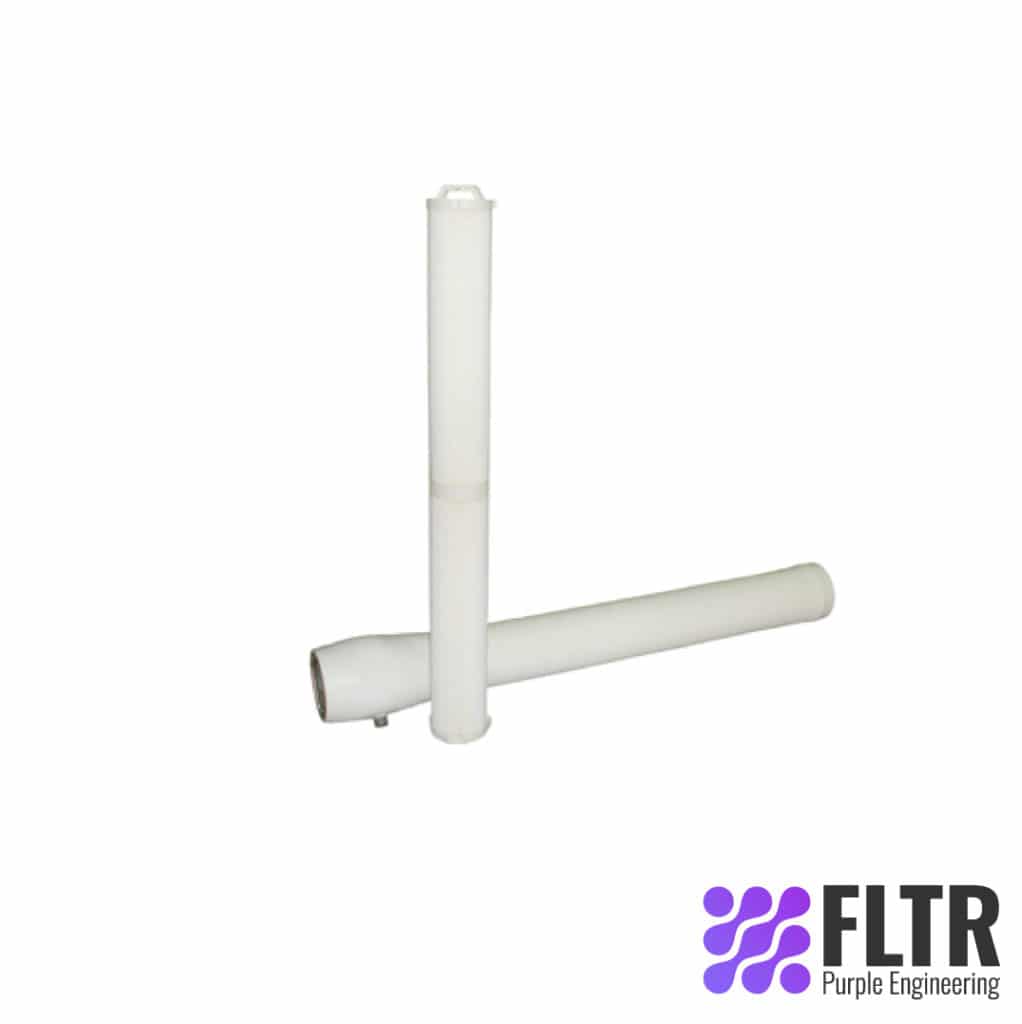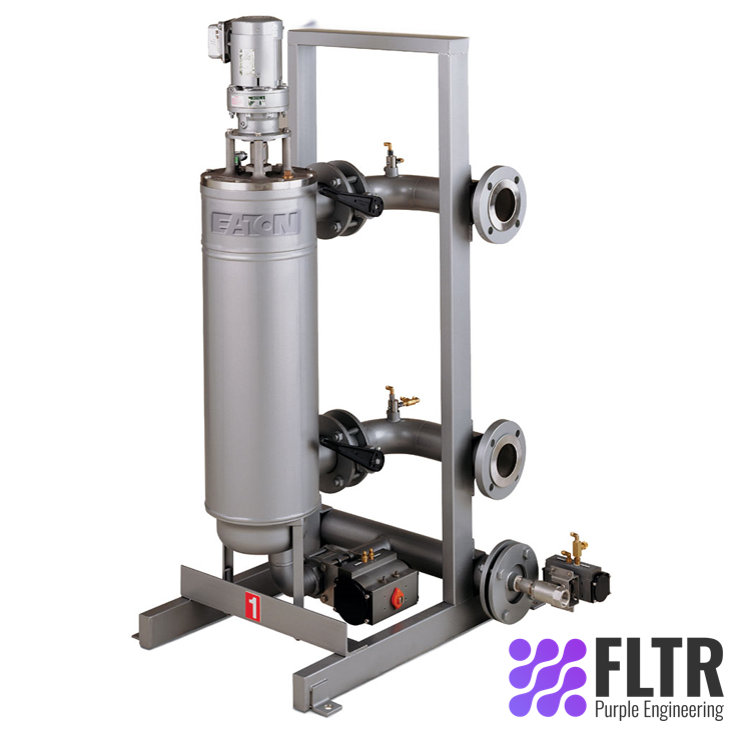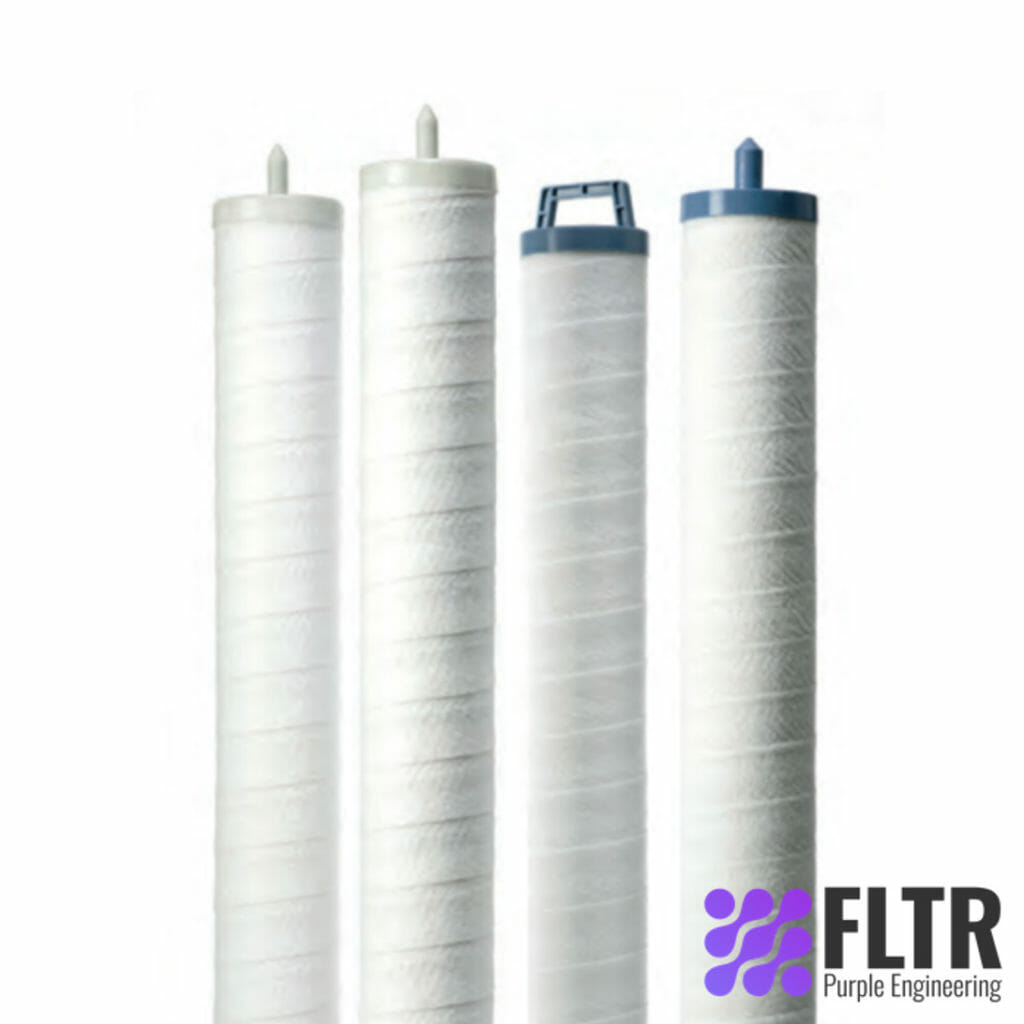Activated Carbon and Clay Filtration
Connect with FLTR for all the gas filtration solutions
If you are eager to know about activated carbon air filters, and activated clay filters, this article is ideal one for you.
Get untangled and know the whole truth about activated carbon and activated clay filters.
Activated carbon air filters

Are you struggling with unhealthy air, organics, nuisance odors, vehicle exhaust fumes, sulfur dioxide, and other harmful gases? If your air streams are not purified, the noxious substances carried with the airway can accumulate and reach alarmingly risky levels.
Getting exposed to elevated levels of contaminated air is not a choice of the public but is often a consequence of daily living and it brings serious health issues. AIR FILTERS, the name itself suggests, filters the air that we breathe. It has the ability to trap many particulates like pollen, mold, dander, dust, bacteria, and smoke in the air and provide clean air that is suitable to breathe
Air pollutants fall under two different states of matter :
- Solid particulates such as pollen, dust, smoke particles.
- Gaseous air pollutants such as odors and smells, VOCs
Many air filters are designed to capture pollutant particles out of the air, but they are poor at trapping gaseous pollutants. HEPA (High-Efficiency Particulate Air (filters)) filters are designed to filter out solid particles mechanically while activated carbon air filters have a special property where they can eliminate odors from different sources, Volatile Organic Compounds (VOCs), and other gaseous pollutants remain in the air. It secures a competitive edge in a way that is different from other air purifiers like HEPA that has the ability to filter only particulate pollution from the air. Hence it is critically important to maintain the standards of air quality regardless of their hazard class at each of the sites. Therefore, we can achieve a safer and healthier environment using activated carbon air filters.
How would I benefit from an activated carbon filter?
Never hesitate to go for an activated carbon air filter, as scientific studies have proven that activated carbon removes 99% of the impurities in the air that we breathe. There are a vast variety of benefits that come together with activated carbon air filters.
- Remove potentially unpleasant odors and freshens the air.
- Activated carbon air filters are the best solution if you are diagnosed with any illness due to impure air.
- Potential health hazards can be minimized as these purifiers help you to eliminate harmful contaminants.
- Integration with HEPA filters will effortlessly capture 99.97% impurities as well as particulate matter in 0.3 microns or larger.
What Does Activated Carbon Filter Remove?
Many air filters are boosted with activated carbon filter. Thanks to the highly adsorbent nature and super porous surface area of activated carbon, a bed of activated carbon can root out:
- Hydrocarbons and volatile organic compounds (VOC)
- Odor control from smoke, garbage, cleaning chemicals, pets
- Siloxanes and hydrosulphide (H2S) removal from biogas, such as:
- Sewage gas
- Landfill gas (Leachate accumulation)
- Biomethane
- Harmful and toxic substances
- Cigarette smoke
- Industrial catalyst applications
Higher air purification can be achieved by adding chemicals with activated carbon where chemisorption reinforces the adsorption.
What is activated carbon?
Activated carbon is the powered granules of carbon with a highly porous structure. Activated carbon can be produced after heating a substance such as carbon-rich plant organic matter: coconut shells, wood, bark, etc. Carbon becomes activated by subjecting it to extremely high temperatures and exposing it to different chemicals such as argon and nitrogen. Once carbon is activated the surface area of the activated carbon can have a surface of greater than 1000m²/g. This can be depicted as 3g of activated carbon can have the surface area of a football field.
How does activated carbon work in air filtration to trap gaseous pollutants?
Indoor air comprises tons of invisible gaseous pollutants. In most instances, they are unpleasant to bear up. We need to make sure that odor-causing gas molecules are absent in the air that we breathe. This can be achieved by absorbing these gaseous pollutants to something else. A bed of activated carbon has the ability to do this job well with a process known as adsorption. During the adsorption process, the pollutants stick to the outside of the carbon lattice. Hence it successfully eliminates organic chemicals (gases) from the air.
Activated carbon air filters work as follows to give you the best air to breathe.
- Air with contaminants enters into the filtration system.
- Contaminated air moves through the activated carbon air filter.
- The adsorption process takes place in the activated carbon be to remove the contaminants.
- Purified air flows out of the activated carbon air filter and back into the room.
Drawbacks of activated carbon air filters
Filter replacement
When the process of adsorption takes place, more and more gaseous pollutants fill-up the adsorption sites of the activated carbon, and it gets saturated with time. At that point, the filler cannot trap pollutants any more. When the filter is saturated at an alarming rate it gives off a strange order notifying that it’s the best time to change the activated carbon filter. However, replacing activated carbon filters is not convenient, and it can be expensive.
Fails to remove particles.
Activated carbon filters successfully remove many organic compounds from the air, but it fails to filter out particulate pollutants. Hence it addresses part of the indoor air pollution problem.
By considering the above facts, it is reasonable to invest in a more robust option like a hybrid air purifier which contains an activated carbon filter plus a HEPA.
Activated clay filters

Same as activated carbon, activated clay also has a significant interest due to its magical properties that make them convenient to use for industrial applications. It is a naturally occurring, chemically inert, and non-toxic super porous material. This clay has a bentonite origin and shows good adsorption capacity within normal humidity and temperature ranges. Another special property of this clay is, it can be reactivated by heating once it is saturated.
The main disadvantage of activated clay is it releases moisture back to the environment at lower temperatures (around 50°C). This property can be considered as a blessing for reactivation, but sometimes it brings troubles in some applications associated with high temperature. Hence attention must be given when choosing this material for moisture protection.
As this clay is natural and shows no toxic properties, it is safe to handle and can be disposed of easily. Further, it is economically beneficial than synthesized adsorbents such as molecular sieves and silica gel.
How activated clay works and its applications
Oil removal
Studies have proven that activated clay can be accepted as one of the most favorable low-cost adsorbents that are widely used in industrial applications. Activated clay has attracted much attention as an oil adsorbent. These are widely used for the removal of oil in automobile repair stations where oil gets collected in the ground. Activated clay has the ability to remove oil from surfaces as oil gets adsorbed to activated clay and it can be effectively removed from the site. They are also used for environmental clean-up purposes to remove oil where oil gets accumulated in sources such as oil spills, slaughterhouses, etc.
Bleaching effect
Activated clay is also used as a bleaching agent where highly active clay is used to adsorb colored pigments in oils. Hence it is also known as “Bleaching clay” in industrial terms. This bleaching property is used in crude oil production to eliminate coloring components and hydroperoxides. It is also widely used to remove impurities such as metals and oxidation products.
Why is it important to filter?
Filtration is an unavoidable process where it determines the protection of downstream equipment such as absorbers, compressors, turbines, heat exchangers, etc. Depending on the method used in filtration it removes all the unwanted substances that enter the process in the very first steps.
For the gas application, we have the full range of activated carbon and activated clay canisters.
Activated carbon canisters
Activated carbon canisters are adapted for automobiles to control evaporative emissions and trap hydrocarbon vapor emissions from the fuel tank as part of an evaporative emission control system (EVAP).
They are of two types
- Radial Flow Activated Carbon Canisters
- Radial Flow Activated Carbon Canisters provide a huge surface area allowing process liquid to flow from the outside through virgin activated carbon at a lower velocity. It allows superior deal with high solid contamination.
- Activated carbon bed readily removes hydrocarbon contaminants in the fluid through the carbon adsorption process before it leaves the core. These radial flow activated carbon canisters are easy to operate since it is easier to replace activated carbon beds.
- Longitudinal Flow Activated Carbon Canisters
- Longitudinal Flow Activated Carbon Canisters are designed to increase carbon utilization allowing for the highest amount of surface area versus volume available. Because of this, the process liquid has more carbon contact as it flows through the canister
What we offer
FLTR has created a platform for every buyer who is keen on purchasing activated carbon and activated clays for air filtration purposes. The collection comprises of Bulk Activated Carbon, Radial Flow Activated Carbon Canisters, Longitudinal Flow Activated Carbon Canisters, and Fuller’s Earth Canisters, with a multitude of industry-standard canister dimensions.
For more information or to order a new filter you can reach our store here: Activated Carbon & Clay Filtration Archives – FLTR
Enter Keyword or Part Number
Then press enter for search results




